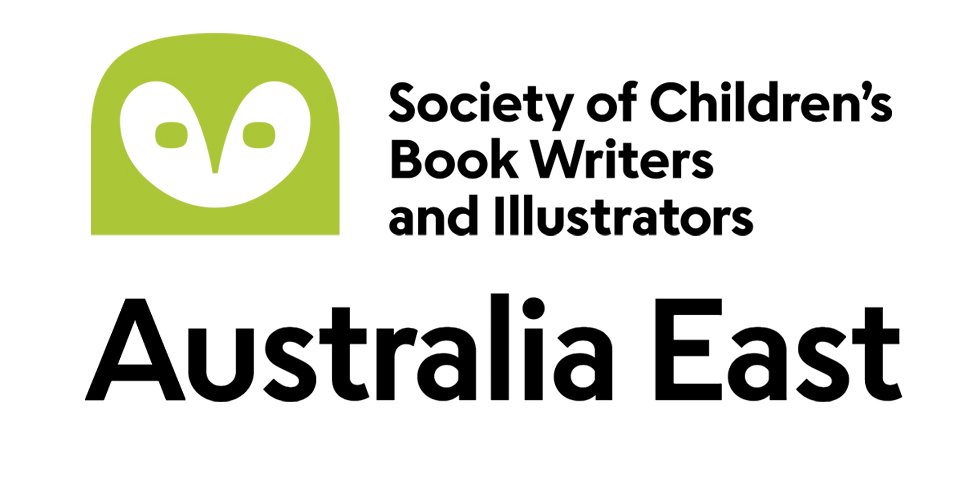If you were one of the very fortunate SCBWI members to be at this event, you’ll have spent an illuminating afternoon with one of the kids’ book world’s wisest and loveliest, art director and illustrator, Donna Rawlins. Donna had so much wonderful advice that it was hard to get it all down, but I’m going to try and condense it here.

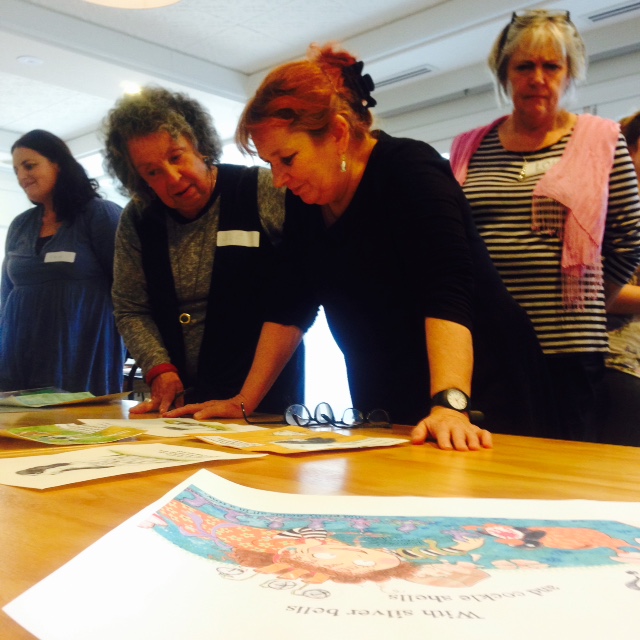
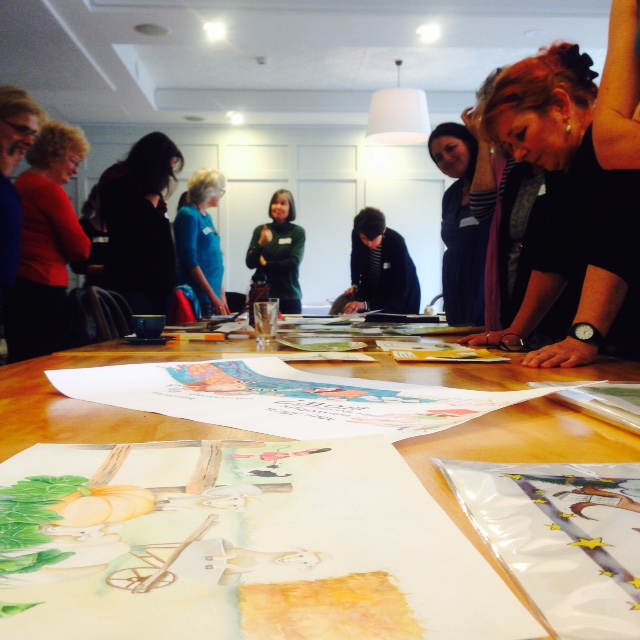
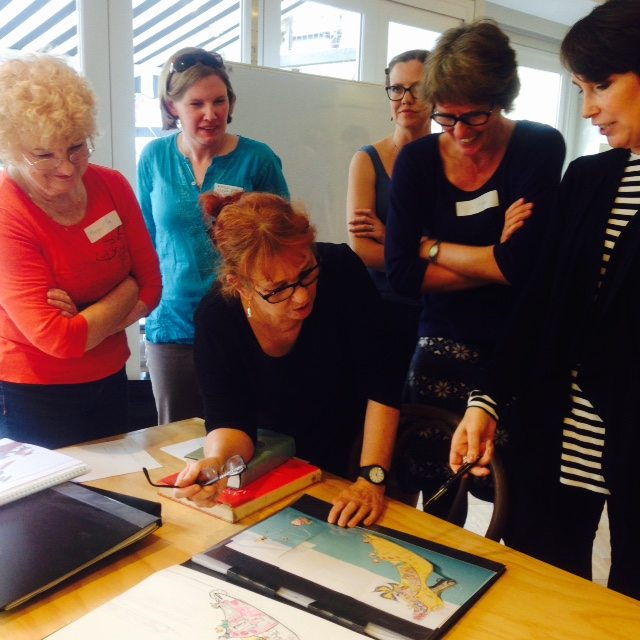
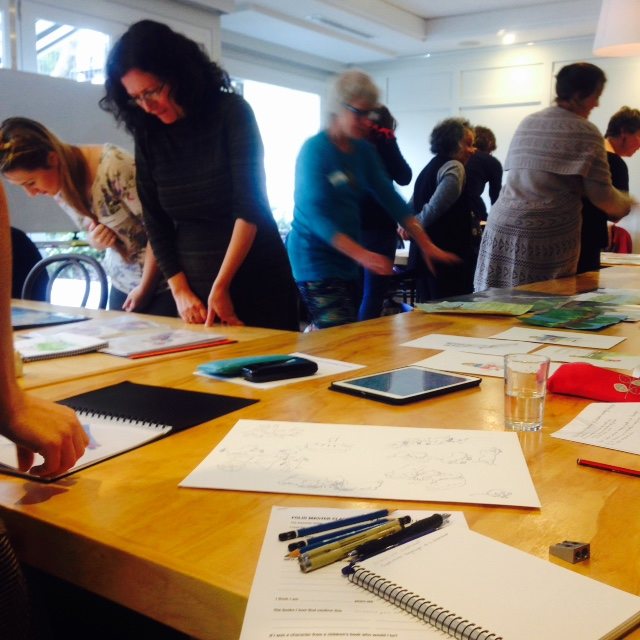
Firstly, Donna wanted all illustrators to know that they are storytellers and that every illustration has to earn its place on the page. Art director and illustrator, Wayne Harris tells fellow artists, ‘You are providing the adjectives the writer has had to leave out.’
She added that you need to read and read. To be a good picture book illustrator, you need to be bibliophiles and your portfolio needs to reflect that.
Work to the Child Within You
Donna began by asking us our real ages ….many of us were about 8, some were teenagers. Others were 2 years old. Donna believes this is the age where something happened to us to make us aware of ourselves and made us aware that we were separate to other people. It is important because the greatest critic of your work is that child in you. They are your first real editor and if you take on a story that is not right for your age, it will feel like a chore. If you work to your age group, it will feel like a guilty pleasure.
The class was asked to bring along a drawing of their favourite nursery rhyme, (which were amazing!) to allow them to go back into their childhood and experience the picture as a kid and have that kid critique it.
Process of Choosing an Illustrator at Walker Books
Several illustrators are put forward to the team for a text. The aim is to choose the perfect combination of art and text for the best version of that book. It is always done with the author’s approval.
Once an illustrator has been chosen and the contract signed, Walker will ask for character sketches, roughs or storyboard.
Donna pointed out that if a publisher approaches you, they love your work, trust you and firmly believe that you are the right person to do the job but to be open to direction. Art directors will always give notes (with love in their hearts), to entice your best work from you. Donna’s job is to know you and your work better than you from her experience as both an illustrator and art director.
Some Cold Hard Facts about Folio Submissions
All publishers receive many, many folio submissions and keep most of them on file, however, perhaps fewer than 10% will be considered to be of a standard appropriate for their list. Most successful submissions clearly demonstrate the artist’s connection with and love for books.
A Few things to Consider including in your Folio
- At least 14 pictures of your best work.
- Add a nursery rhyme (with text)
- Show a sense of narrative – include a series of 2-3 sequential drawings. Show pacing and consistency of character across different illustrations.
- Show some degree of emotional depth in characters eg scared, shocked, angry.
- Use an existing, published story and complete a storyboard for it.
- Include a rough followed by the finished drawing so they can see how you approach your work.
- Include B/W drawings – this may double you chance of getting work…there’s a lot of call for B/W junior chapter books.
- Media/Techniques – Show as much of a range of your versatility as possible. Choose a drawing and then do it in a different range of styles – charcoal, pencil, paint, acrylic, pastel, collage etc.
- Experiment with a book cover for a novel you love.
What’s the Best way to Submit?
- As a PDF that you email or collection of JPEGS on a disk with a selection of printouts of your best.
- Include a cover letter and add anything of interest about you that may show your range as an artist… eg you’ve travelled extensively, you’re a marine biologist or you used to work as an anatomical illustrator. Let them know about your brain.
- Never send originals.
And Just a Reminder…
- Publishing professionals change, so resubmit if staff has changed.
- Keep track of who you send your work to, what you’ve included and when. Find out who publishes what and make sure you address it to the right person.
Thank you so much to Donna for her advice, her knowledge and her warmth and generosity.
